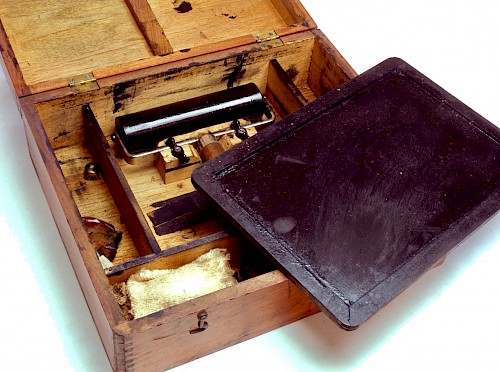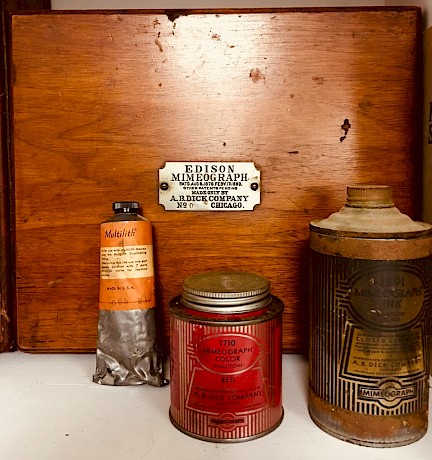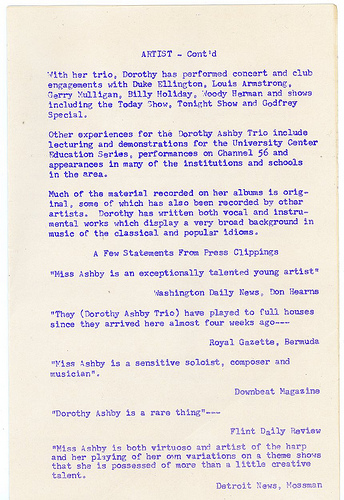Mimeograph Machines
In the days before inkjet printers and Xerox machines, multiple copies were made on mimeograph machines.

In 1876, Thomas Edison filed the first US patent for autographic printing by means of a duplicating press with an electric pen for cutting stencils. A subsequent patent followed, and then Chicago inventor and businessman, Albert Blake Dick, took it to the next level. He merged his efforts with Edison’s, improved the stencils and licensed the patents. In 1887, the A. B. Dick Company released the Model “0” flatbed duplicator selling for $12 ($284 today). Dick named the machine the Edison Mimeograph and it was an immediate success. The company went on to become the world’s largest manufacturer of mimeograph equipment.
 The Museum has the very rare first version — the Model No. 0. As the photos show, it is a wooden box with tools inside for making stencils and printing by hand.
The Museum has the very rare first version — the Model No. 0. As the photos show, it is a wooden box with tools inside for making stencils and printing by hand.
Over time, the flatbed duplicators were replaced by devices using a rotating cylinder with automatic ink feed. Basic models were cranked by hand; more elaborate ones used an electric motor. If you needed just a few copies, you used carbon paper; if you needed thousands you went to a print shop. If you fell somewhere in between, for example a school test or church bulletin or similar document, you used the mimeograph. Some of our readers will remember producing stencils on typewriters and the aroma and appearance of the purplish mimeo ink.
 The A. B. Dick Company entered the offset press business after WW ll with small duplicator Models 350 and 360 (the Museum has a Model 360 on display). These presses were instrumental in the beginnings of “quick” print shops. In the 1950s, the company sponsored research that resulted in the first inkjet printer (the VideoJet).
The A. B. Dick Company entered the offset press business after WW ll with small duplicator Models 350 and 360 (the Museum has a Model 360 on display). These presses were instrumental in the beginnings of “quick” print shops. In the 1950s, the company sponsored research that resulted in the first inkjet printer (the VideoJet).
Come see this early technology at the Museum of Printing any Saturday!
< The World Cup of Printing History with Jim Hamilton | Awesome wood type >
Top ↑